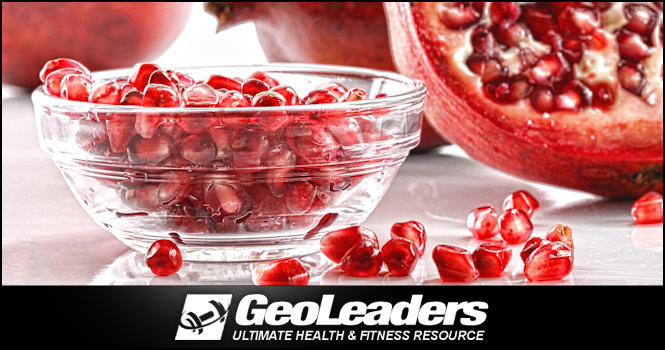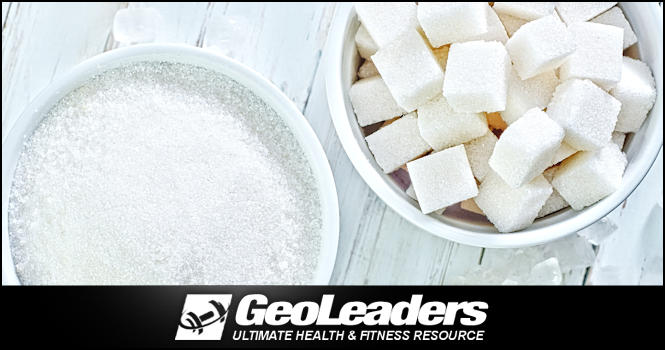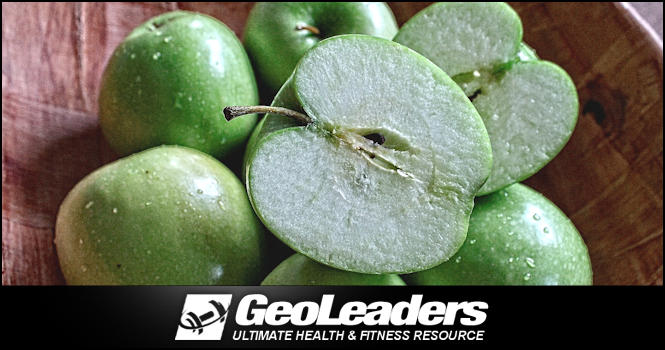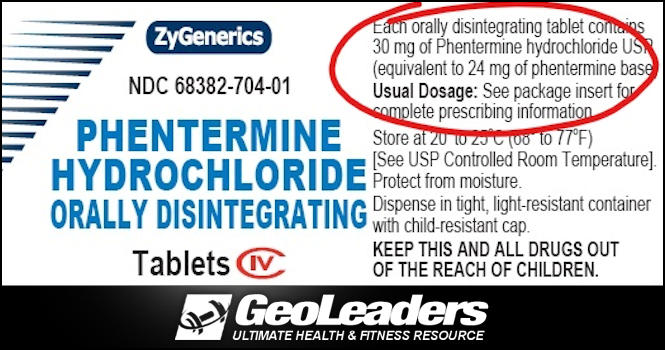The Volumetrics Diet is based on the principle of filling up with nutritious foods. Here’s why it may be beneficial for the average dieter.
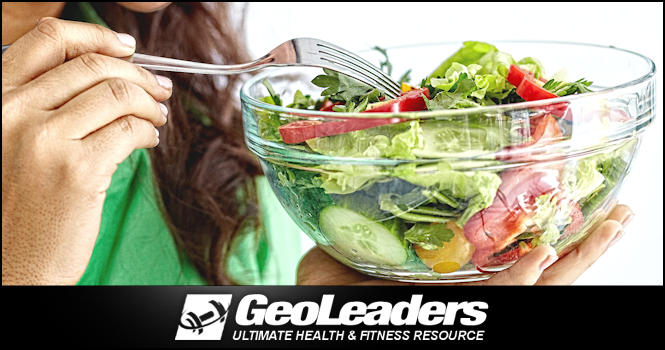
Can you really lose weight by filling up on certain foods before you actually eat?
Well believe it or not it’s actually true, because nutritionist Barbara Rolls, Ph.D. created a weight loss diet plan called Volumetrics that actually consists of eating more.
The Volumetrics Diet – Does It Really Work?
The eat more while dieting philosophy is really nothing new though and has been used as the basis of various other weight loss programs.
But in the case of the Volumetrics Diet, the main point that is stressed is the importance of filling up on foods that are low in density but have high water content in them.
A study that was conducted at Penn State University validated Rolls’ theory of dieting.
In this study, it was found that dieters who ate low-density foods that contained high liquid content such as a serving of soup or a salad before their meal consumed fewer total calories in the entire meal.
The Volumetrics Diet plan really shines because it allows you to feel like you have filled up on food without really depriving yourself.
How Does The Volumetrics Diet Work?
The Volumetrics Diet plan works by eating large quantities of foods that are low in overall calories, starchy carbohydrates, and heavy amounts of fat.
Low-density clean foods work best, such as fibrous vegetables, fat-free dairy, bone broth, fruits that have high water content, and lean proteins like fish and skinless chicken breasts.
The theory behind the Volumetrics Diet is that when you eat low-density foods that have high water content before your main meal, such as fibrous green vegetables or a salad, your stomach will feel full and you will end up eating much less at the main course.
Because fibrous foods like lettuce have very few calories per ounce, you’ll be cutting your overall calorie intake with this simple trick while still being able to enjoy the foods you normally eat, just in smaller quantities.
So in this case, the Volumetrics Diet plan focuses on foods that will form bulk in your stomach without adding any extra calories that can be stored as belly fat.
How Do You Manage Hunger?
The important part of making the Volumetrics Diet work is to make sure you are getting enough overall calories throughout the day in order to keep your metabolism fired up.
The fact of the matter is filling up on hearty portions of green vegetables, salads and soup aren’t necessarily going to help you lose weight or get healthier.
Although there aren’t any foods that would be considered “forbidden” on the Volumetrics Diet plan, be sure to make it a point to fill up on fiber and lean protein for best results.
Do You Really Feel Full On This Plan?
Being full, or fully satiated, is the opposite of hunger.
You can actually measure hunger and satiety for some of the more common foods with what is called the satiety index.
According to the satiety index, the higher the number the better the food is for your weight loss success.
For example, whole grain bread, sweet potatoes, yams, lentils and certain superfoods like beans rank high, while donuts and chocolate rank low on the satiety scale.
By filling up on foods that are high on the satiety scale, you’ll be able to keep yourself feeling full and satisfied longer, helping you to consume fewer total calories over the course of the day.
This process will ultimately allow you to start shedding the weight once and for all.
Wrapping Up The Volumetrics Diet
Barbara Rolls claims that by managing hunger in more creative ways and diluting calories you will be able to take control of your diet and successfully reach your weight loss goals.
The Volumetrics diet plan is rated one of the more popular diet plans on the market because it allows you much more freedom than most other diets.
It also doesn’t have any of the characteristics of a fad diet and is straightforward in that it doesn’t promise you a quick fix for losing weight in the long term.
All in all, it makes sense to fill up on fibrous and water-dense foods to help fill you up and help reduce your overall daily caloric intake.
Just as long as you don’t restrict your calories too much, the Volumetrics Diet is a safe bet for finally achieving weight loss success.
Have you ever tried the Volumetrics diet plan? Leave a comment below and let us know what your experience was!
